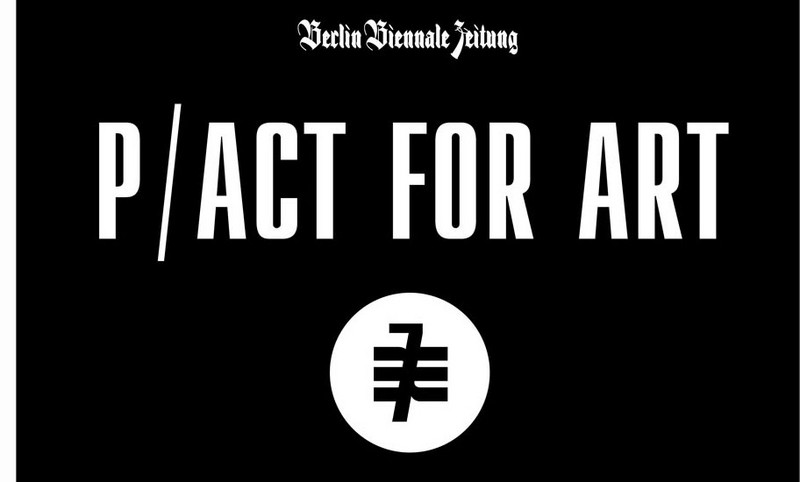ART IS A SPACE OF POSSIBILITY THAT MUST BE PROTECTED

In the current debate about “what art” needs, what is asked, according to individual interests, what politics needs/wants, what the commercial sector needs, what institutions need, and also (even if generally as the last) what artists need. These interpretations, however, pass by the core of the question, since it explicitly inquires after art – and not after its actors. This (un?)conscious misunderstanding seems symptomatic to me in that we have apparently lost sight of a fundamental understanding of what art is and what it requires. I would like to propose the following definition: art is a space of possibility that can open up our perception and experience to something beyond everyday politics or currently fashionable trends. We need such locations that are able to inquire after our relationship to the world more fundamentally and open up specifically what cannot be rationally explained or understood.
In order for art to be able to exist, it requires a protected space that is free of given political, economic, or other constraints. Such constraints should, if at all, be negotiated by the art works themselves and not be dictated by the general conditions that surround it.
The task of all actors in the field of art is to create the conditions necessary and/or to provide such space and safeguard it. With regard to the responsibility of politics, art institutions, academies, critics, curators, viewers, and also artists here, a specific form is suitable in each case. Yet in every case, it is distinguished by structuring the constraints one faces in such a way that this opening that art embodies remains free of them. Each one of us has to take this responsibility and take the necessary measures to it.
Art alone does the rest.
